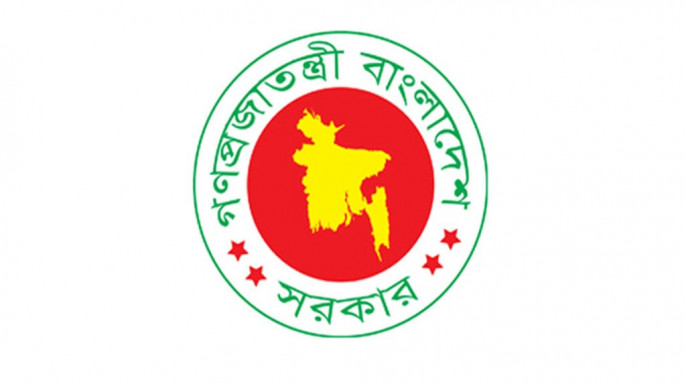News Flash
News Flash

DHAKA, Oct 12, 2025 (BSS) – The government has intensified efforts to eradicate child marriage through a coordinated, multi-ministerial approach as part of its renewed commitment to protect girls’ rights and accelerate gender equality in Bangladesh.
Marking the International Day of the Girl Child, Women and Children Affairs ministry, in collaboration with the Department of Women Affairs and the United Nations Population Fund (UNFPA) today hosted a high-level inter-ministerial dialogue in Dhaka to chart an accelerated national roadmap to end child marriage.
With 51 percent of Bangladeshi girls still married before 18, officials acknowledged that the current 2 percent annual decline is too slow and called for urgent, synchronized measures across all government sectors.
“The acceleration we seek will only be achieved when actions are taken together, creating a web of protection so strong that no girl can fall through,” said UNFPA Representative in Bangladesh Catherine Breen Kamkong.
“A girl kept in school is still at risk if she lacks legal protection or life skills. This is why today’s meeting represents a whole-of-government response in action.”
Senior secretaries and officials from the ministries of Education, Law and Justice, Information and Broadcasting, Health and Family Welfare, Social Welfare, the Local Government Division and the Cabinet Division joined the dialogue, committing to translate policy commitments into practical, measurable outcomes.
Under the agreed plan, the Law Ministry will digitize the marriage registration system to curb falsification of age and reform the Child Marriage Restraint Act to close existing loopholes.
The Education Ministry will strengthen school retention and introduce comprehensive life skills and health education, recognizing education as “the most effective vaccine against child marriage.”
The Health Ministry will incorporate adolescent reproductive health services into the Universal Health Coverage framework to address high adolescent pregnancy rates and provide specialized care for married adolescents and young parents.
Meanwhile, the Local Government Division will enforce universal birth and marriage registration, supported by performance-based funding to strengthen accountability at the grassroots level.
The Cabinet Division will embed child marriage prevention in national development planning, tasking deputy commissioners to lead and monitor district-level implementation.
Women and Children Affairs Senior Secretary Mamtaz Ahmed said the government remains steadfast in ending child marriage through “multifaceted and coordinated action,” adding, “It deprives girls of education, health, and dignity — and hinders national progress.”
The meeting concluded with an agreement to present consolidated action points at the upcoming National Child Marriage Prevention Committee meeting for endorsement.
Earlier, participants visited a photo exhibition titled “Shombhabonar Frame” depicting the lives and dreams of Bangladeshi adolescent girls, reinforcing the urgency of the cause.
“We have the evidence, the plan, and now, the collective will to act,” Kamkong said adding “together, we can build a Bangladesh where every girl’s childhood is protected, her choices respected, and her potential fully realized.”